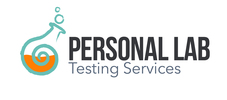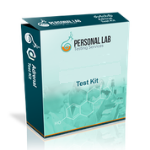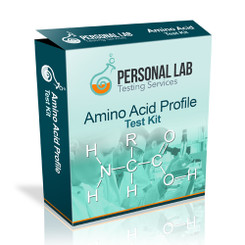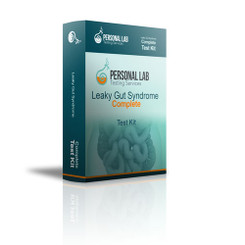 Loading... Please wait...
Loading... Please wait...Gut Pathogen Profile
Product Description
When Should the GI Effects Gut Pathogen Profile Be Considered?
Patients with a clinical history suggestive of a gastrointestinal infection or dysbiosis can be evaluated with the Gut Pathogen Profile. Testing is ideal for patients with sudden changes in bowel habits, especially for those who have recently traveled abroad, have been camping, had exposure to untreated water, had close contact with animals, or consumed undercooked meat or seafood. Symptoms such as gas, bloating, nausea, abdominal pain, anal itching, and diarrhea may be a result of a parasitic, bacterial, or fungal infection. This profile can also be used to assess efficacy of therapy.
Selection of a one-day or three-day sample collection is based on the clinician's index of suspicion for parasitic infection. If there is no/low suspicion, a one-day sample will likely be adequate. For high suspicion, a three-day sample collection is optimal.
The Gut Pathogen Profile Biomarkers
- Bacterial and mycology cultures demonstrate the presence of specific beneficial and pathogenic organisms.
- Bacterial and mycology sensitivities are provided for pathogenic or potentially pathogenic cultured organisms. The report includes effective prescriptive and natural agents.
- KOH Preparation for yeast detects fungal elements microscopically.
- Parasitology includes comprehensive testing for all parasites on every parasitology exam ordered.
- Microscopic fecal specimen examination for ova and parasites (O&P), the traditional gold standard assessment for many parasites.
- 6 Polymerase chain reaction (PCR) targets detect common protozoan parasites including Blastocystis spp. with reflex subtyping 1-9, Cryptosporidium spp., Cyclospora cayetanensis, Dientamoeba fragilis, Entamoeba histolytica, and Giardia. PCR for organisms is emerging as a highly sensitive method for infectious organism detection.
- Macroscopic exam for worms
- EIA add-on biomarkers are available for targeted patient populations.
- Campylobacter
- Clostridium difficile
- Shiga toxin Escherichia coli
- Helicobacter pylori









 Our newsletter
Our newsletter